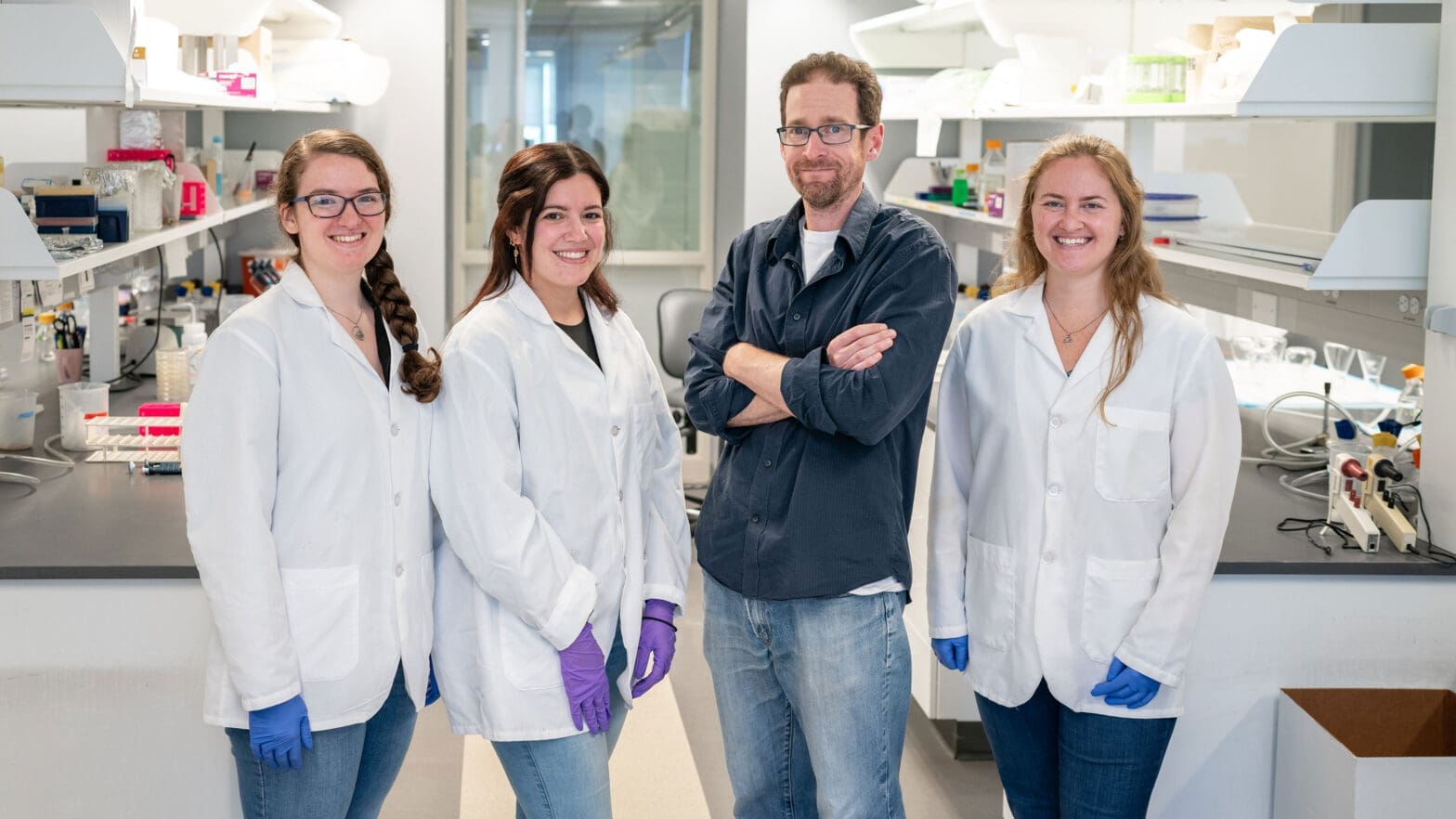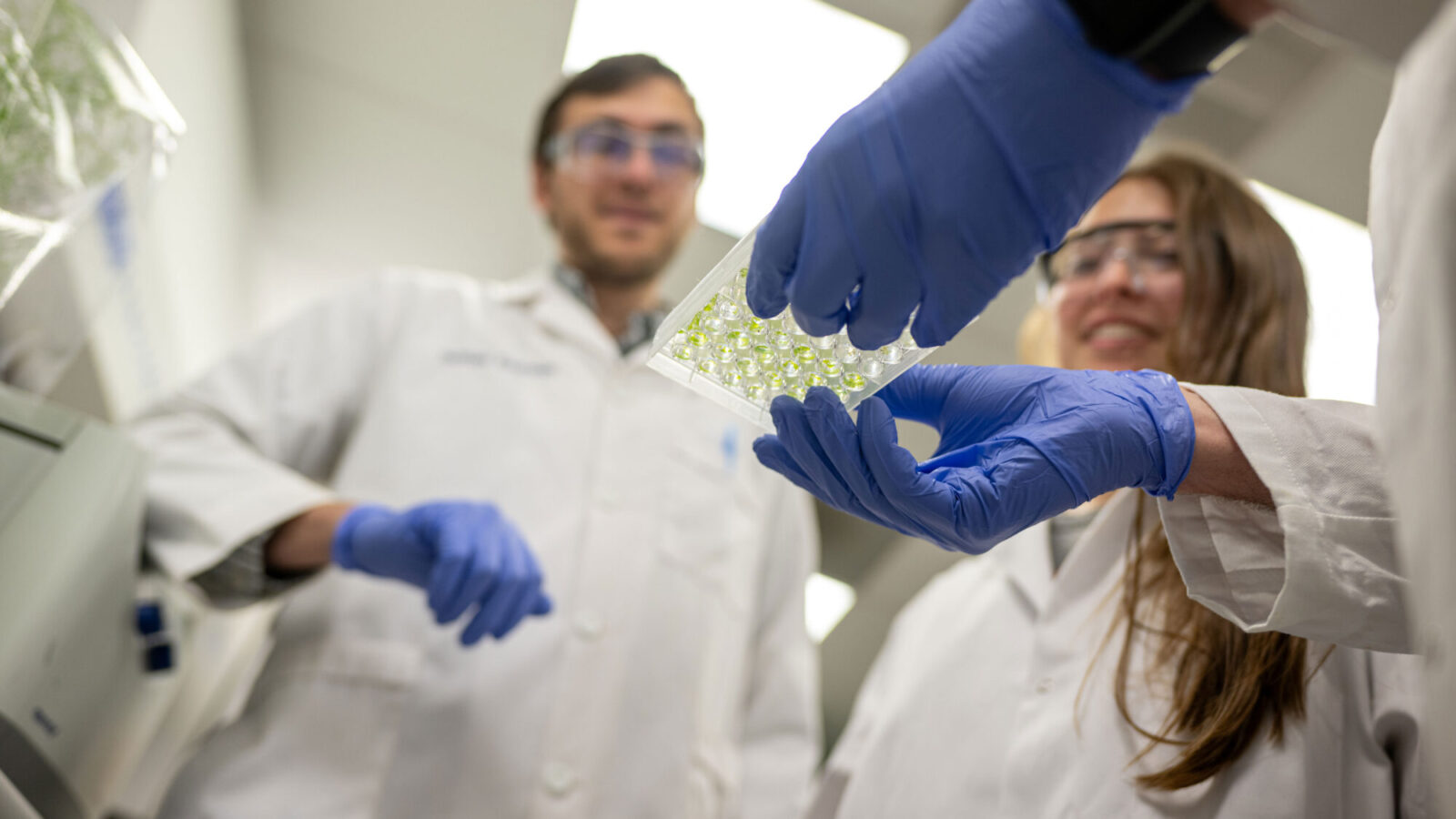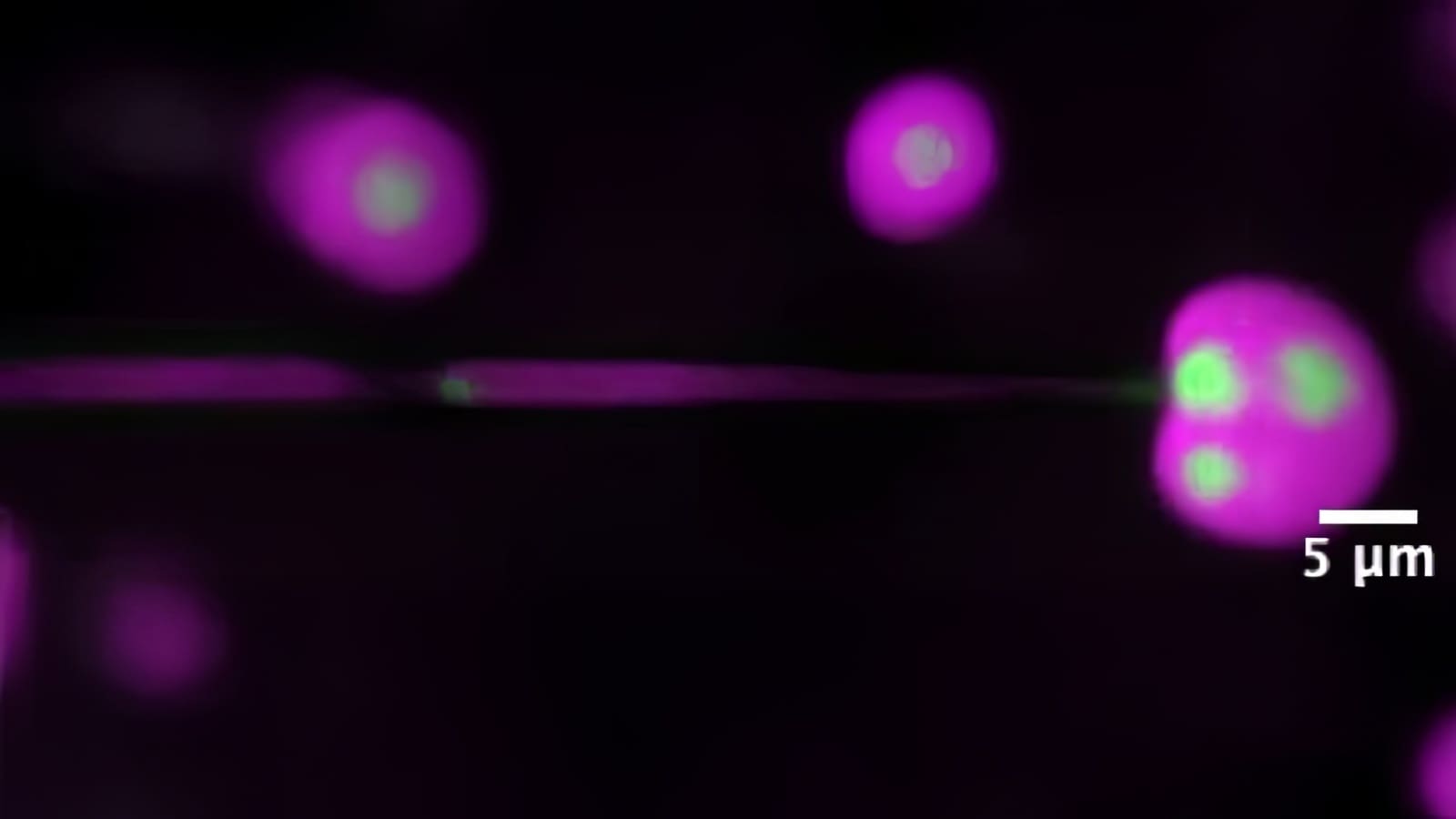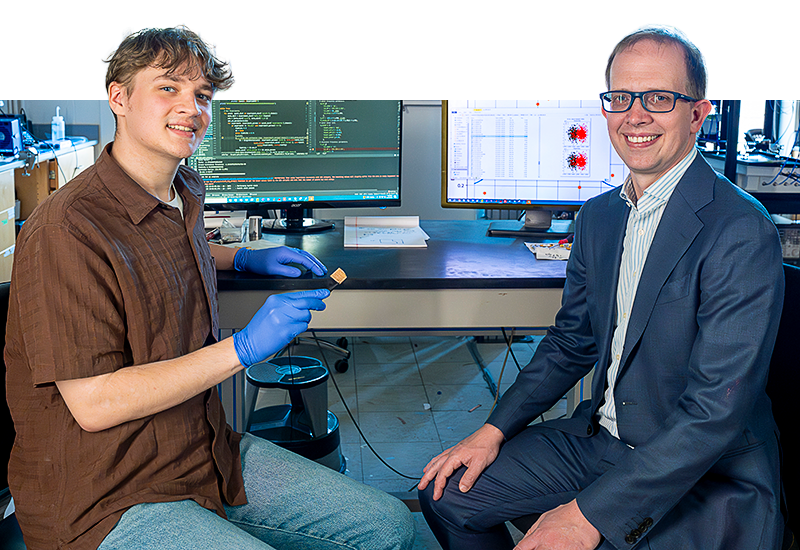
Probing bacterial persistence to battle superbugs
By
on
This article is from the Bioengineering: Unlocking mysteries, enabling impact issue of Equad News magazine.
Antibiotics wipe out most bacteria causing an infection. But because the drugs often target the processes behind bacterial growth, slow-growing cells can sometimes dodge the antibiotic attack. Those surviving cells, called persisters, are distinct from cells with heritable resistance mutations. Evidence shows that persisters can have higher mutation rates than their susceptible neighbors, which can spur the development of resistance in a population of bacteria.
Tolerance mutations that slow growth and increase antibiotic persistence are “like a stepping stone to resistance,” said Mark Brynildsen, a professor of chemical and biological engineering. “So, if tolerance mutations are a stepping stone, you can actually try and impair those to stop resistance before it even gets started.”
Brynildsen’s research group is working to understand the origins of persisters and identify their weaknesses. The lab’s discoveries have elucidated survival tactics of persisters that could inform more effective therapies to help curb antibiotic resistance.
Each bacterial cell typically contains a single copy of its chromosome, but at different growth stages some cells can hold numerous copies, affording them backups in case one of their genomes crashes — for instance, from DNA damage.
Brynildsen’s team has studied the antibiotic persistence pathways of bacterial cells with different chromosome numbers. They’ve found that cells with a single chromosome copy are hard-pressed to become persisters when faced with antibiotics that damage DNA, compared to cells with two or more copies. Further, persisters with a single copy depend on different factors to survive antibiotic treatment.
His lab is also looking into persistence and the development of antibiotic resistance under conditions of nutrient deprivation. Compared to the rich growth media typically used for such experiments, these conditions more closely reflect the environment of a person’s urinary tract or other infection site.
“If the antibiotic treatment happens in populations that for one reason or another are in growth stasis — if you don’t have sugar available or you’re low on iron or sulfur, how does that impact the bacterial response to these stresses?” said Brynildsen.
Armed with a background in metabolic engineering and bacterial stress responses, his group is investigating which genetic factors play a role in persistence when nutrients are limited. In a way, knowing the pathways that lead to problematic mutations under realistic infection conditions is as important as knowing the final mutations, said Brynildsen, because understanding routes to resistance could provide new avenues for therapeutic interventions.







